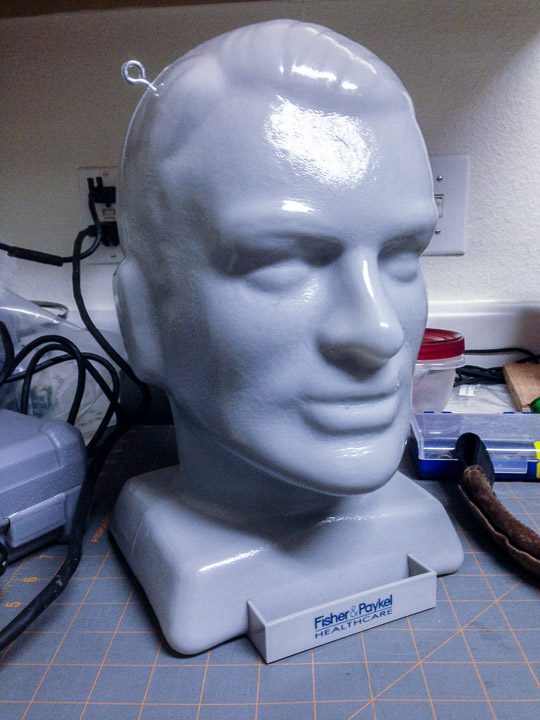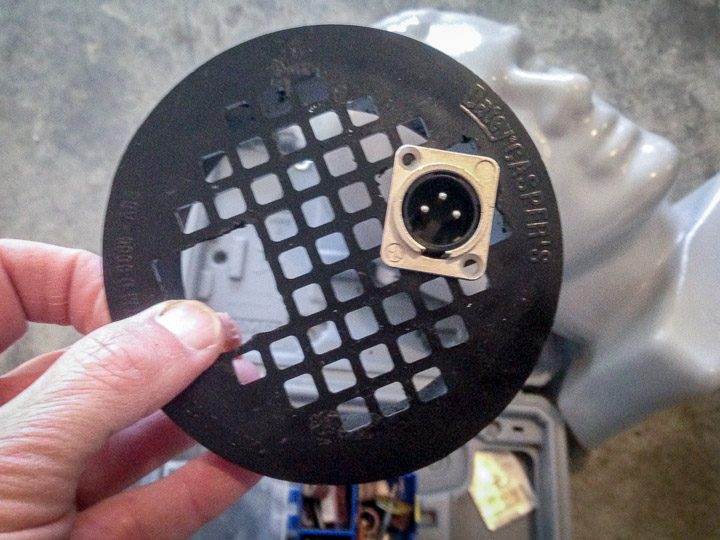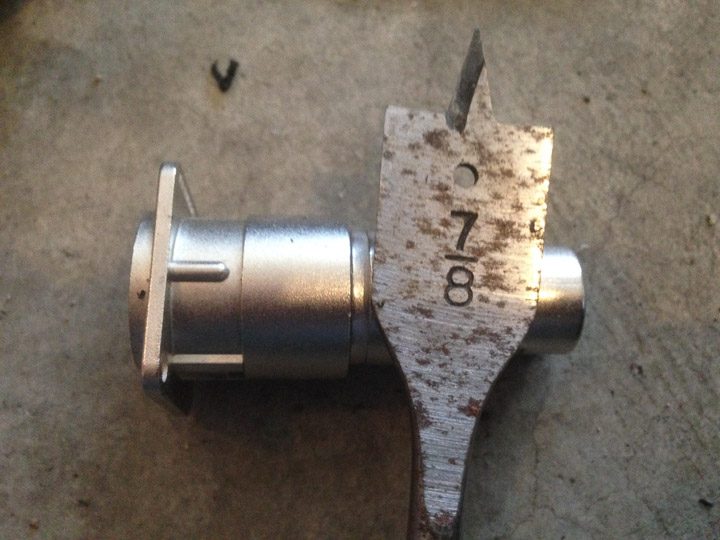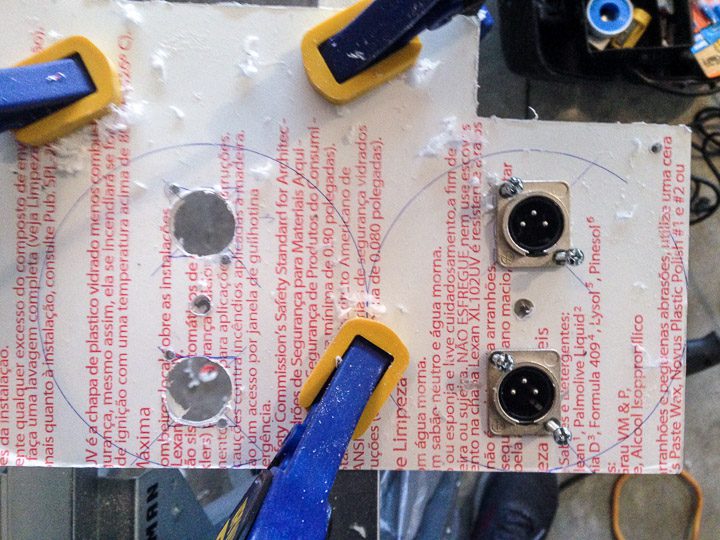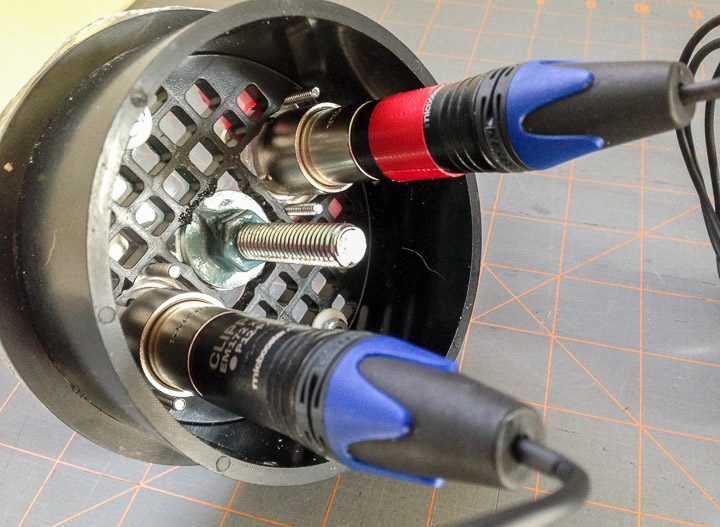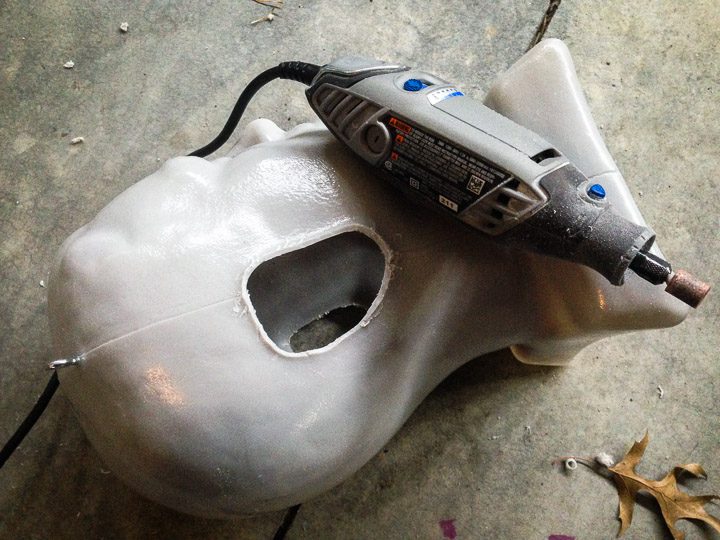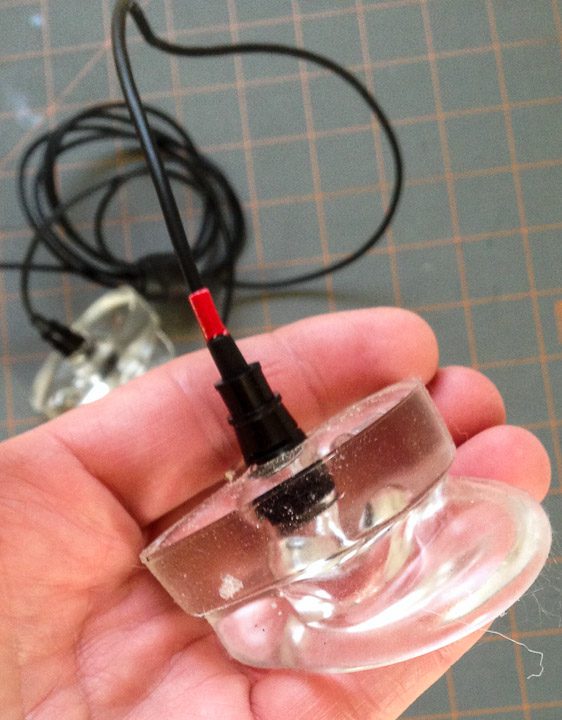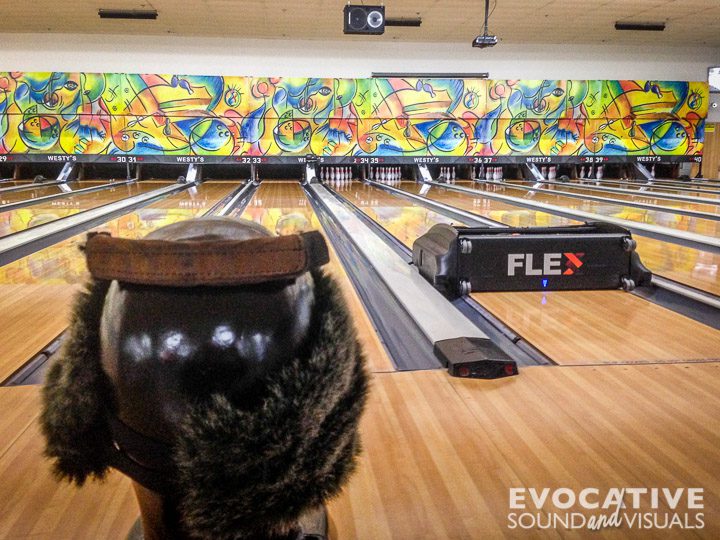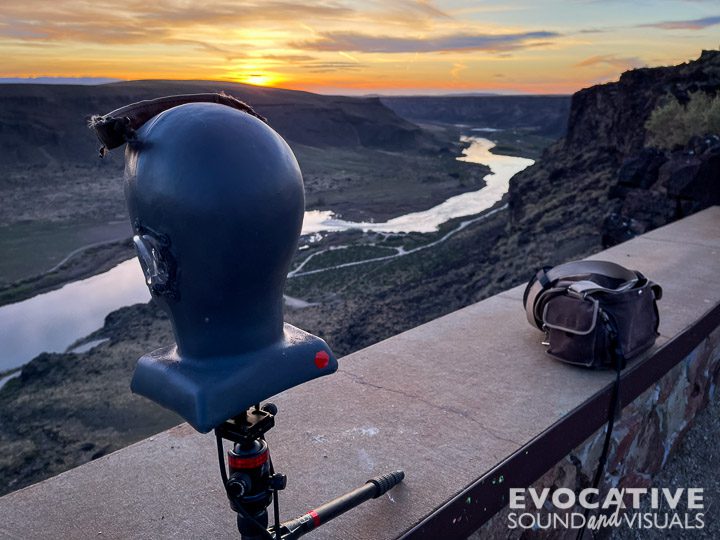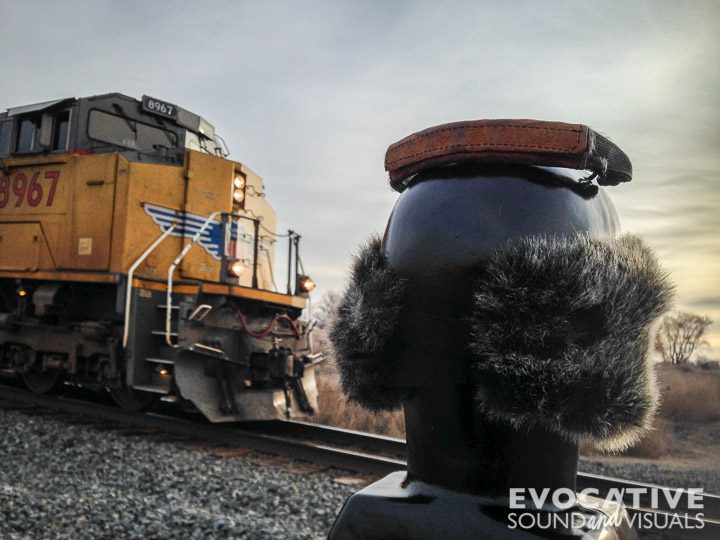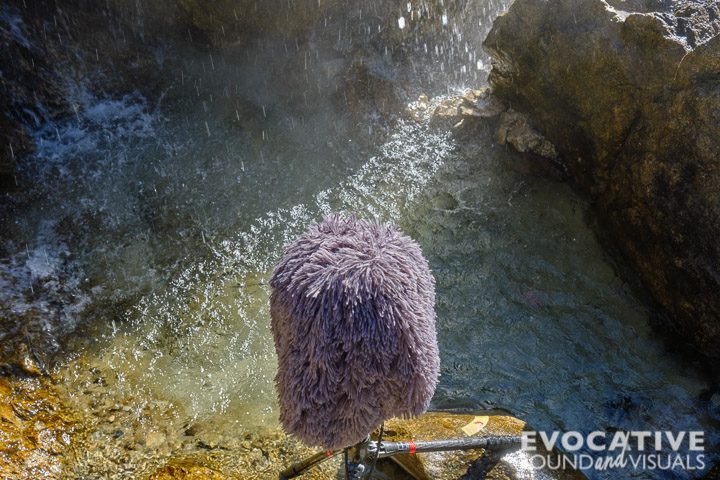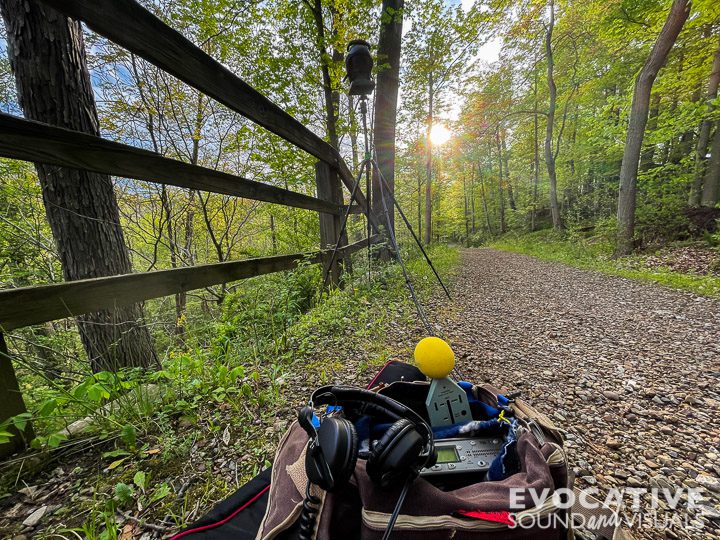Say hello to Binaural Bill. A couple of months ago, I decided to do something about the two big limitations of using my Luhd PM-01 AB microphones. These small, low-noise, high-sensitivity handmade electret microphones run on plug-in power (PIP). I paired mine with a Sony PCM D100 recorder. They’ve been snug as a bug, hot-glued inside 3D-printed ears of ‘Fred the Head,’ my trusty DIY binaural head. I enjoyed using the setup but there were issues.
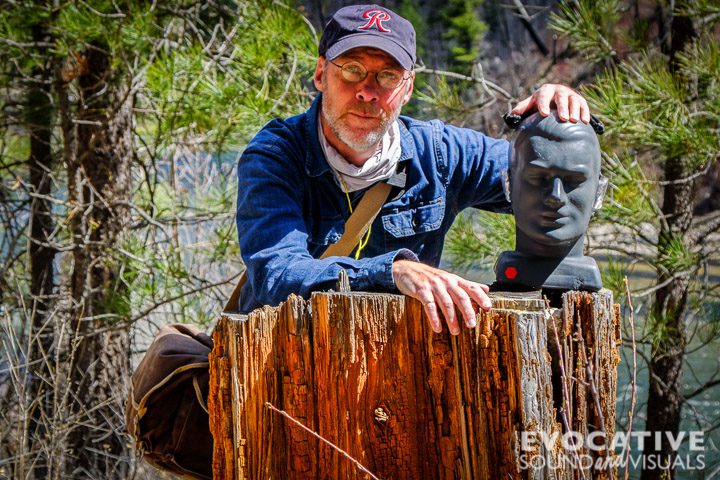
Problem number one, the microphone cables are only a few feet long. This is a limitation of PIP. Problem number two, my Sony recorder doesn’t sound quite as nice as my Sound Devices 702 recorder, in the pre-amp department and generally overall. It became a weight versus size versus quality versus distance-limitation issue. What to do? Cut off Fred’s ears. Ouch. Cannibalize his acoustic foam innards. Oooh. The solution? Make a new head with better-quality XLR-type microphones.
The result is ‘Binaural Bill.’ Binaural Bill hears with a stereo pair of Clippy XLR EM172 (discontinued and replaced with the EM272) microphones housed inside silicone ears. Micbooster in the U.K. makes these as matched pairs and sells the ears as well. They feature lower self-noise than the Luhd’s, are quite sensitive, and I can use them with long cable runs. Micbooster uses special electronics that play well with phantom power to make this possible. I’m impressed with the owner’s back-and-forth communication. I purchased clear ears. This way I can see how far the mics recess into the ear canal.
Bill started his life as a vintage Fisher & Paykel display head. The company makes healthcare equipment. I assume this head held a mask. These heads are heavier and considerably more durable than Styrofoam ones. Equally important, the space between Binaural Bill’s ears is equal to mine. To faithfully reproduce sound using a binaural head, spacing, and what’s between the microphones, is important.
I chose Neutrik XLR connectors. They’re up to the task of constant plugging and unplugging of cables throughout a recording session. I purchased the silicone ears off eBay. Step-by-step photos of how Binaural Bill came to be are below.
Update September 21, 2021
I purchased a new plastic head, still a Fisher & Paykel display head. This was strictly a cosmetic decision. There isn’t a change in sound as I’m using the same Clippy EM 172 mics. Only this one head is black and a bit heavier than my first. It bears a strange resemblance to a bust of JFK. I also got a new set of ears; white ones this time. They are a bit more substantial in quality than my clear ones. It would seem that not all silicone ear are created equal.
Update January 6, 2025
Binaural Bill has accompanied me on quite a few field recording and sound effect capture expeditions since I created him in my diabolical Frankenstein-esque laboratory in 2020. I’ve taken him bowling, were he was used to record the lane maintenance machine (a.k.a. lane waxer) featured in my SFX library Bowling. He’s been next to speeding freight trains. He’s looked down into an irrigation standpipe for my SFX library Irrigation. Binaural Bill got to hang out next to a hot spring for my soundscape album, Soak, The Soothing Sound of Idaho Hot Springs. He has watched the sun set above the Snake River, enjoyed the sound of a historic steam whistle passenger train in Cuyahoga Valley National Park for my album Trains in the Valley.


